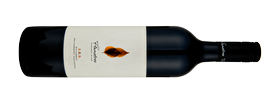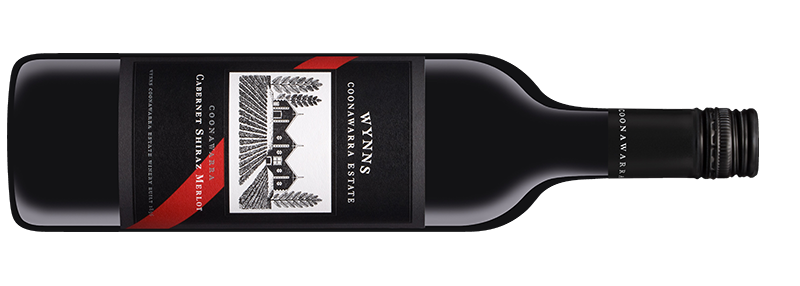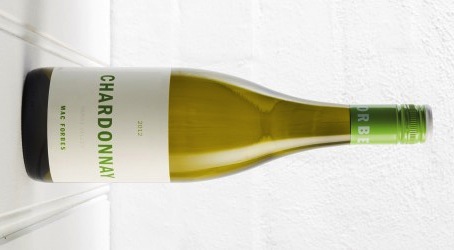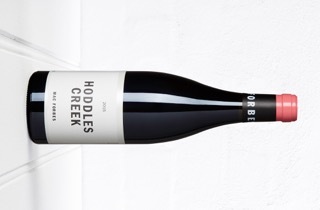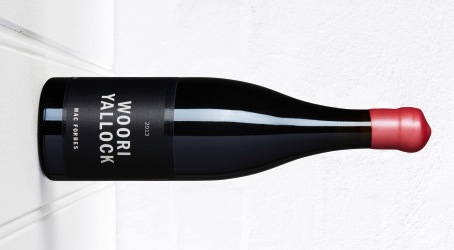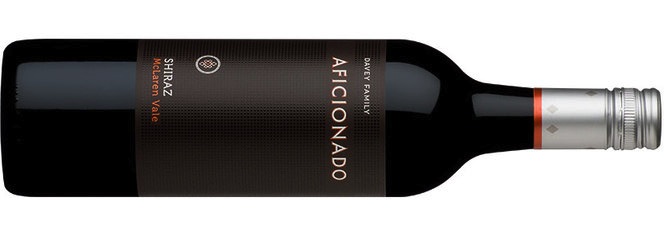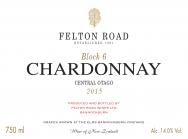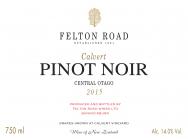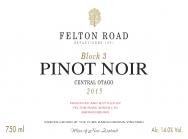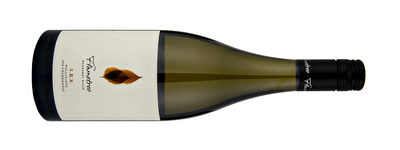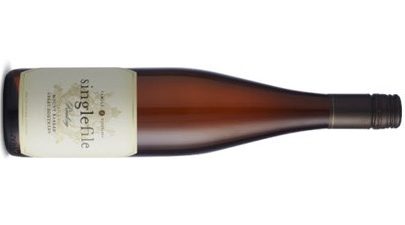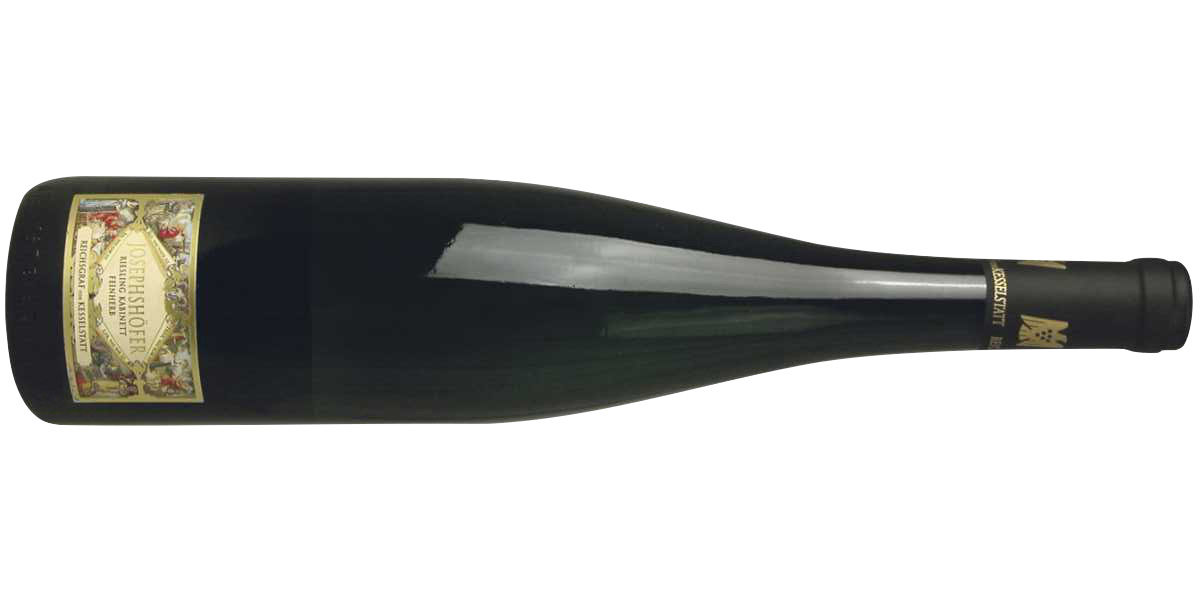Young Gun of Wine – Perth – December 2016
Barry Weinman: 25th January 2016
I do not attend many wine tasting “events”; the ones where hundreds of punters turn up to try as many wines as possible in a short period of time, with the aim of getting value for their ticket by drinking as much wine as possible in the allocated time.
I made an exception last month, when I attended the Young Gun of Wine event at Il Lido. Young Gun of Wine is a bit of a misnomer, as the tasting featured both established as well as up and coming winemakers.
One consistent feature is that they are all passionate about the wines they produce, even if they make rather divergent styles of wine. From mainstream to biodynamic, with the odd natural wine thrown in for good measure.
The wines reviewed below are only a fraction of those that were available, and the large group that attended seemed to be thoroughly enjoying the event, happily chatting with the winemakers.
Amelia Park
Given the track record of the winery and winemaker Jeremy Gordon, I am not sure whether Amelia Park fits the “young Gun” designation, but the wines continue to be brilliantly made.
Chardonnay – Reserve – 2015: The first Chardonnay to be given the “reserve” title. A tight and fine wine with ripe, though restrained fruit. Nectarine combines with lemon myrtle and melon aromas, whilst the palate is taut, with minerality and texturing oak. An excellent wine that will age very well.
Cabernet Sauvignon – Reserve – 2013. Very refined and elegant, with mint/eucalypt over supple blueberry fruit. The palate has near seamless palate transition and has a wonderful silky texture. A superb wine. The fourth release under the reserve label, this spent 18 months in oak (40% new), with the fruit coming from the Montgomery vineyard. Good Value at $44 ex-winery.
Cape Grace
Chardonnay – 2015. Peach-like fruit and fine minerality a feature. Creamy and elegant, with decent fruit weight. A year or two in bottle should see this open up. Made from clone 5, spent six months in oak (45% new, regular lees stirring).
Cabernet Sauvignon – 2013. A big, ripe red with plenty of fruit power. Textured and long, the balance is noteworthy. (560 cases made).
Credaro
Credaro came to my attention two years ago when their Cabernet starred in one of my panel tastings. It was the elegance that grabbed my attention this time.
Chardonnay – 1000 Crowns – 2015. Very fine and elegant, with stone fruit, melon and crisp minerality. The palate is quite closed and tight, with fine oak and grapefruit acidity adding depth. Age-worthy.
Shiraz – 1000 Crowns – 2015. While there is ripe fruit here, it to is restrained and elegant. The palate is tight and textured, the oak sitting well within the fruit. 5 gold medals in wine shows to date.
Flore Marche
Riesling – Malabre – 2016. The numbers here are a clear indicator to the style made (residual sugar 6.5g/l, pH = 2.9, alcohol 10.5%). Bright, fresh and enjoyable, with just a touch of residual sugar to add depth and mouth-feel. Excellent summer drinking, given the light fruit weight and linear palate.
Freehand
Here the focus is on making enjoyable, preservative free wines that have had a couple of years in the bottle prior to release. Whilst the wines have developed quite quickly in bottle, this allows the winery to sell wines that are ready for immediate consumption.
Semillon – 2014. Despite being sulphur free, there are some toasty, struck match characters on show. The palate is textured and chewy, with phenolic grip and oak adding impact. Non mainstream style. This will handle rich foods well.
Merlot – 2014. Succulent and plush, with plum and mulberry fruit that is showing a touch of development. Fits the mould and is ready to go now.
Krinklewood
Here is a winery and winemaker that beats to the tune of a different drum. Biodynamics is the main focus here, with an infectious enthusiasm shown by winemaker Rod Windrim.
Chardonnay– Basket Press– 2015. 60% of the juice here was fermented in 600l concrete “eggs” utilising a very slow ferment to add texture and mouth-feel. This is a generous wine, with pretty floral fruit transitioning to melon notes. There is a bit of grip on the close, which should soften with a year or two in the bottle, allowing the mid-palate to build more depth.
Shiraz – Basket Press – 2015. Handpicked over two fruit days, basket pressed, open fermented and stomped by foot! Vibrant lifted fruit, with well-judged acidity and decent length. Do not be put off by the lighter colour, this is an excellent drink right now.

